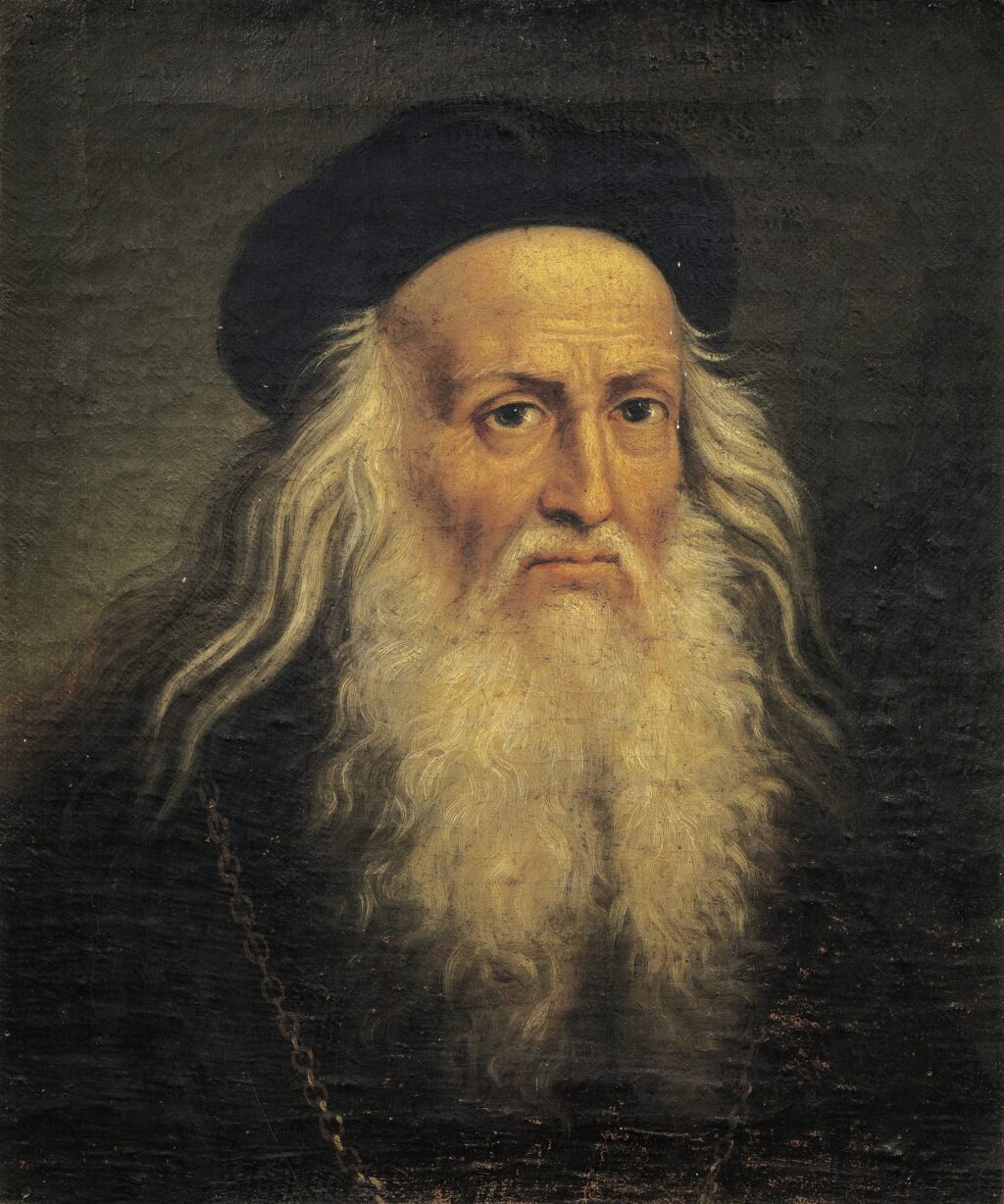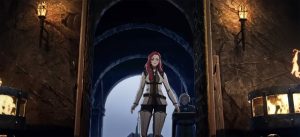Leonardo da Vinci’s Harpsichord-Viola Was As Complicated As It Sounds

Leonardo da Vinci didn’t seem to take a day off. If he wasn’t painting a masterpiece, he was making major discoveries in anatomy. If he wasn’t making major discoveries in anatomy, he was designing flying machines. If he wasn’t designing flying machines, he was calculating plate tectonics. If he wasn’t calculating plate tectonics… you get the gist. Among his many talents, Leonardo was an accomplished musician and instrument-maker, and his harpsichord-viola was one of his noisiest.
In 2009, after five years of research, the team at Milan’s interactive museum and exhibition centre Leonardo3 created a playable harpsichord-viola from the artist’s 15th-century designs. Until then, the instrument had only existed in the 93rd folio notes of Leonardo’s Codex Atlanticus (1478). Other inventions found within the pages included war machines, hydraulic pumps, and complex parachutes.
The instrument was created as part of the Discovery Times Square Exposition Leonardo da Vinci’s Workshop in New York. Other inventions featured at the exhibit included a mechanical lion, his ‘Great Kite’ flying machine, and a prototype of a self-propelling cart.
Leonardo da Vinci, Folio 93, Codex Atlanticus (1488)
One issue that came up when the Leonardo3 team were trying to recreate the Codex Atlanticus sketch was that the left part of the page was missing. What was clear from the remaining fragment were the fundamentals of the harpsichord-viola’s mechanics. It is worn across the chest with harness straps, and a wooden motor is pumped by the musician’s legs while they walk, powering the instrument. It has violin strings, operated with a keyboard, and in total weighs 33 pounds. It would have been a suitable instrument to wear while marching.
Another issue of building a never-before road-tested instrument was that the gears and motor were very loud, which made hearing the delicate playing of the strings a little tricky. Many of Leonardo’s designs were non-starters or simply exercises in his imagination, and the team at Leonardo3 believe that it might be the impracticality of the noisiness of the harpsichord-viola that led it to be abandoned by the polymath master.
The working model has been on display at Milan’s Leonardo3 Museum since 2013. Another recent musical discovery from Leonardo was the hidden hymn in his Last Supper.
Follow Artnet News on Facebook:
Want to stay ahead of the art world? Subscribe to our newsletter to get the breaking news, eye-opening interviews, and incisive critical takes that drive the conversation forward.




